
Ambrose Lane Jr.
Public Health Activist and Community Leader
Ambrose Lane, Jr. is a known long-time activist and community builder in the District of Columbia. Over 25 years of leadership experience as an effective organizer and executive, working directly with youth, elected officials, community leaders and businesses. He is an institution builder and specialist on organizational development, including board development, infrastructure analysis and organization, program assessment and strengthening, entrepreneurship strategies, and development. He is the original author of legislation creating the DC Youth Advisory Council, was instrumental in creating the youth non-voting position on the school boards of Washington, DC and Howard County, MD, is the founder and creator of DC’s largest youth advocacy organization, the DC Alliance of Youth Advocates, is a former COO of the Marshall Heights Community Development Organization, and in 2014, was the Campaign Manager for the DC Council At-large candidate Rev. Graylan Hagler. In late 2013, Mr. Lane organized and founded the Health Alliance Network, a.k.a. the Ward 7 Health Alliance Network, the strongest and largest DC community health advocacy group, to advocate for residents of poor and low-income communities in Wards 5, 7 & 8, the issues of health equity, population health policy, chronic disease prevention strategies and the need for a “change in community health culture” to bring about healthy and thriving communities. He has assisted in the writing of past DC Council health legislation and current pending legislation on Health Impact Assessments (HIA’s). In 2019, Mr. Lane was again selected by DC Mayor Muriel Bowser to serve a second term as a Commissioner for the DC Commission on Health Equity. He was recently named the Health Committee Chair for the DC Democratic Black Caucus. Mr. Lane is a current Master Trainer for both of Stanford University’s Diabetes and Chronic Disease Management Programs, is a past Chairman of the DC Department of Health’s (DOH) Chronic Disease City-wide Collaborative, and is involved in the Healthy Youth and Schools Commission, the Cancer Action Partnership, and the recently formed Birth to 3 Coalition. Born in Pittsburgh, PA, Mr. Lane attended Howard University, is a Ward 7 resident, is the father of four children, and is married to Dr. Nura Green Lane.


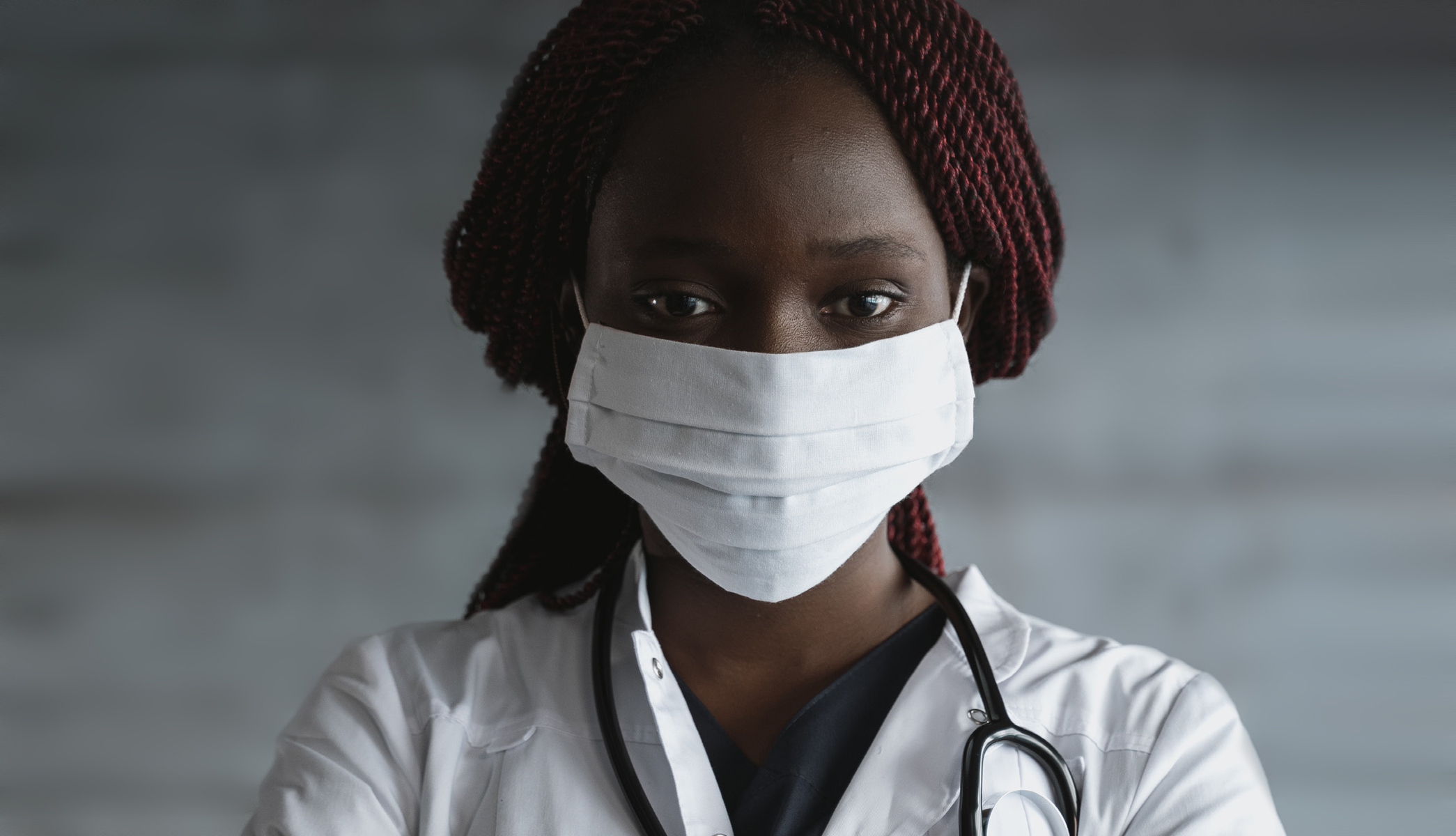


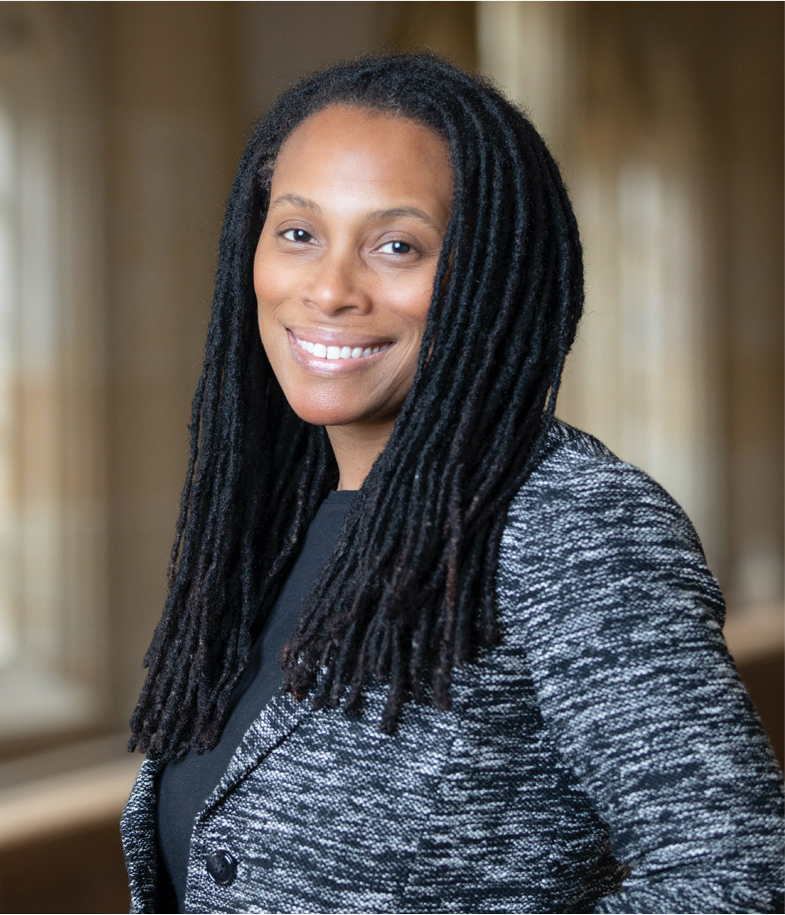
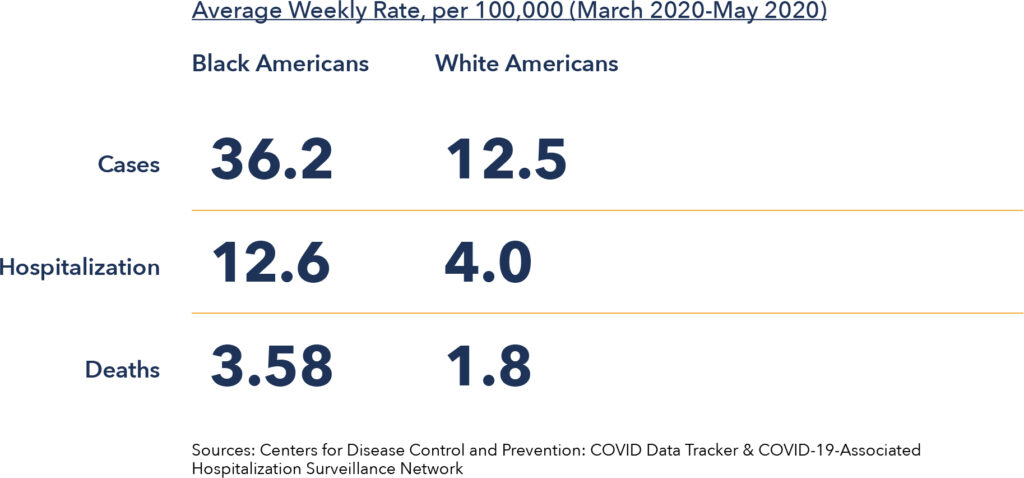




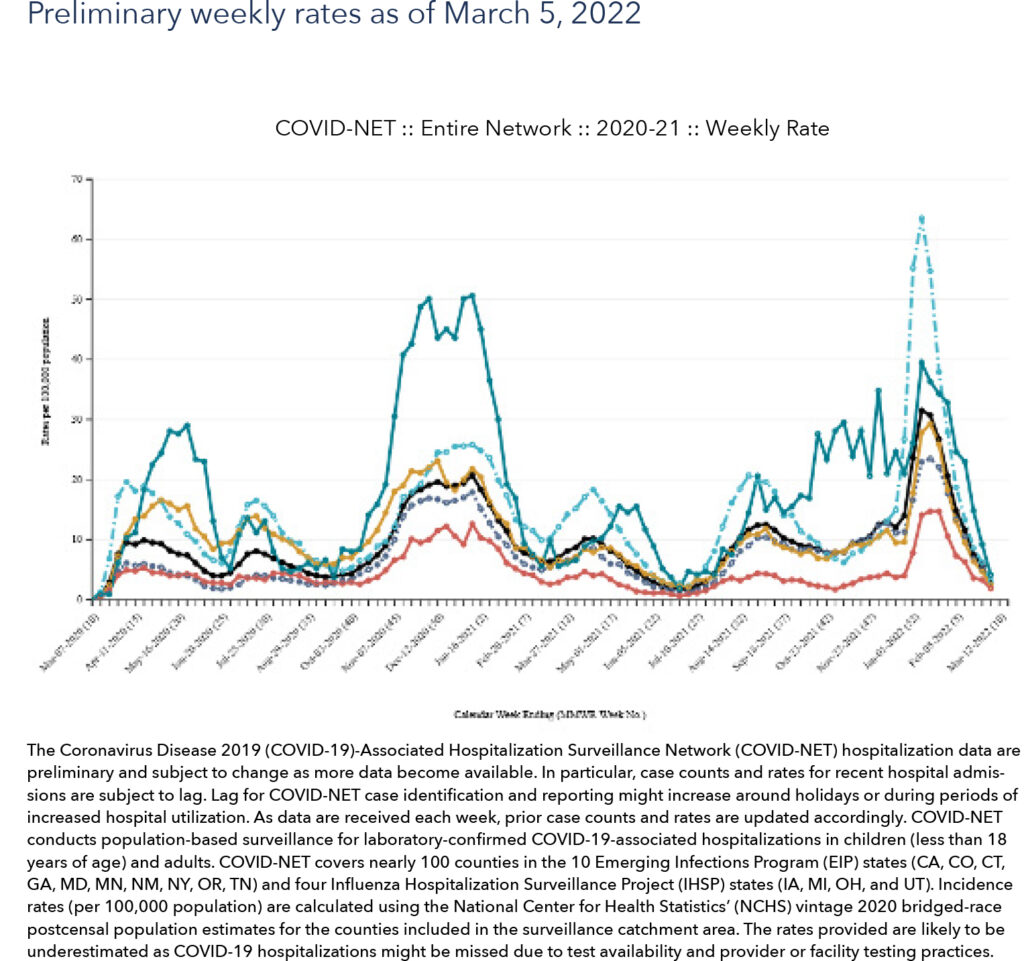


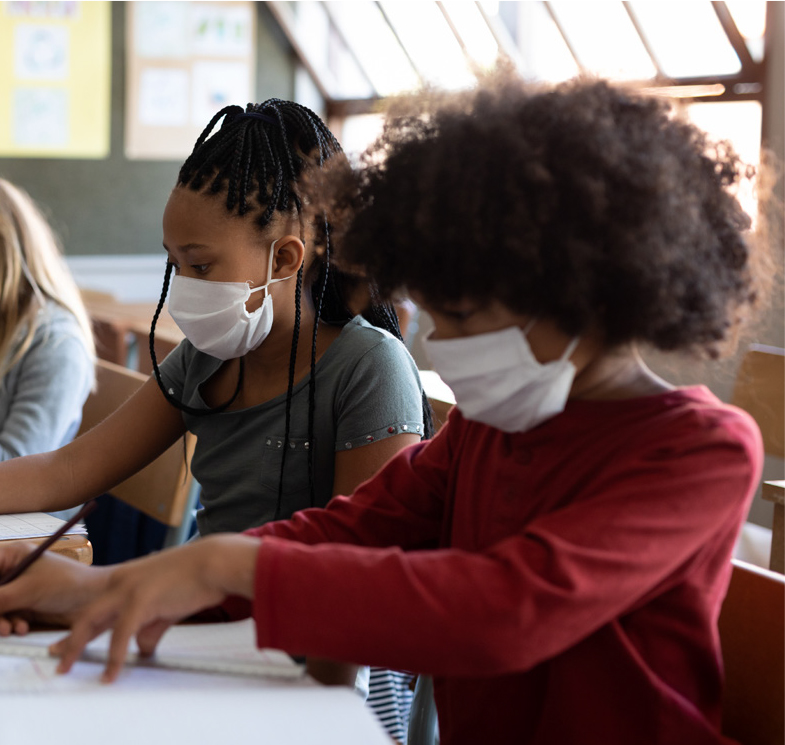


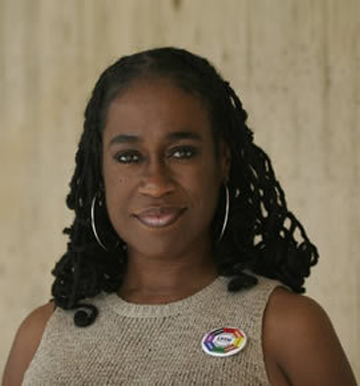




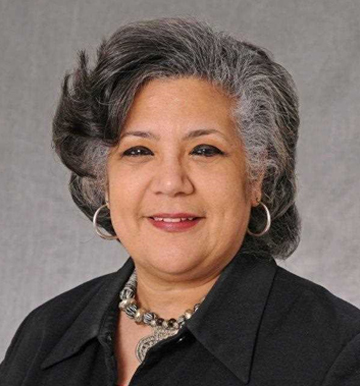

 Reed Tuckson, M.D.
Reed Tuckson, M.D.






